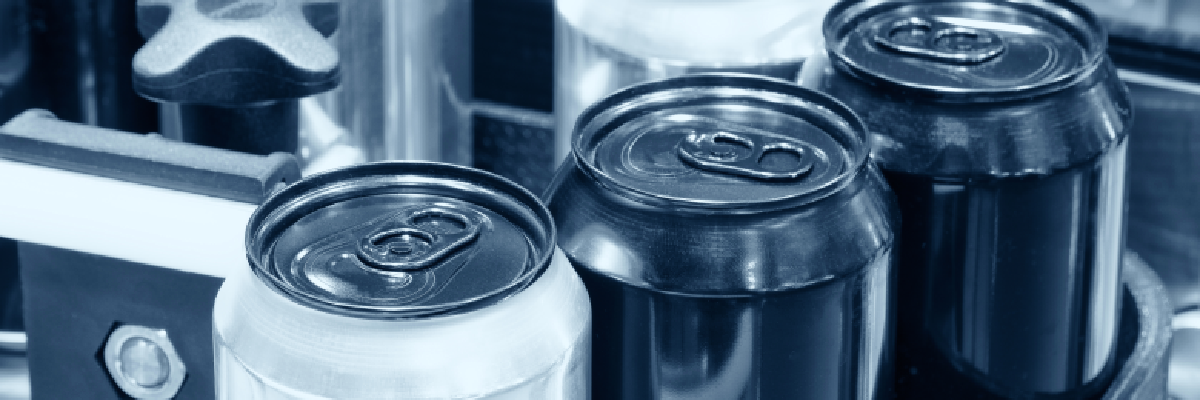

According to a report, the global aluminium cans market approximately generated US$39.41 billion in 2018, which by 2025 is estimated to reach US$48.15 billion, at a CAGR of around 2.9 per cent. This growth is expected to be driven largely by increased consumption in emerging markets, mostly in China and the rest of Asia, Europe, and South America.
The United States roughly produces 88.5 billion aluminium beverage cans, according to the Can Manufacturers Institute. To expand it further, the aluminium cans manufacturing companies are adopting new technologies and developments to ramp-up the output.
Aluminium cans deliver nearly 100% protection against light, oxygen, moisture, and other contaminants. These cans do not rust and are resistant to corrosion, providing one of the most extended shelf lives considering any packaging.
Additionally, these cans provide many benefits, such as rigidity, stability, and high barrier properties. They are used to store goods with longer shelf life and can be transported for more considerable distances. aluminium has significant properties, such as being softer and lightweight, due to which the manufacturers can save costs associated with logistics.
Aluminium cans are gaining prominence due to various distinct features, such as stackable, lightweight, strong, hermetically sealed cover, resistance to transportation, rough handling, and easy recyclability, allowing brands to package and transport more beverages using less material.
Aluminium is the most common metal and third most common material found in the Earth's crust. This means that there is an abundant supply of aluminium to be mined for industrial uses, including food packaging, confectionery or home care products. Approximately 860,000 tons of aluminium are produced annually in Europe.
aluminium packaging can maintain its integrity for long periods of time, even with no maintenance. It is also corrosion resistant, which further contributes to its longevity. This makes aluminium an ideal material for food packaging, as it will protect a product for the duration of its shelf life without the risk of becoming degraded, which would compromise the barrier between the product and outside environmental influences.
Aluminium can be endlessly recycled, and its recycling process provides a significant amount of energy savings compared to other materials, consuming only five percent of its primary production energy. This saves an enormous amount of energy and factory emissions, making aluminium a cost-effective and environmentally-friendly choice for food packaging material.
Aluminium is lightweight and has a low melting point, while at the same time, being very ductile and easy to mold. This gives aluminium packaging an advantage from a marketing perspective. It can be easily customized, due to the flexibility of the material, with creative shapes, embossing and printing for brand identification and consumer appeal. This makes it a popular choice for processed food containers, dairy products, and even pet food products.
Aluminium provides a complete barrier against moisture, light, and oxygen, even as a very thin foil. This preserves the quality, safety, and aroma of food products that are packaged within it, while requiring very little material. Foods packaged with aluminium are safe from bacterial contamination, oxidation, as well as moisture and light, which can compromise product integrity.
Aluminium is a lightweight material, which reduces transportation costs, as more products are able to be loaded onto vehicles compared to those packaged with heavier materials. aluminium can also protect the integrity of food products at very thin gauges, which further decreases the weight of the packaging material. For example, 1.5g of aluminium foil can protect one litre of milk for several months, providing barrier protection with a minimal increase in the weight of the product.